St Thomas Fifth Avenue
About Andrew Cusack
 Writer, web designer, etc.; born in New York; educated in Argentina, Scotland, and South Africa; now based in London.
Writer, web designer, etc.; born in New York; educated in Argentina, Scotland, and South Africa; now based in London. read more
News
Blogs
Reviews & Periodicals
Arts & Design
World
France
Mitteleuropa
Knickerbockers
Argentina
The Levant
Africa
Cape of Good Hope
Netherlands
Scandinavia
Québec
India
Muscovy
Germany
Academica
A Metropolitan Christmas
I suppose Whit Stillman’s ‘Metropolitan’ is not strictly speaking a Christmas film but Yuletide is as good a time as any to watch the most Upper-East-Side movie ever to make the silver screen.
It includes a scene (clip above) from the Service of Nine Lessons and Carols at St Thomas, Fifth Avenue, which to my mind is the best carol service in New York. It’s even better when followed by a few drinks at the University Club one block up.
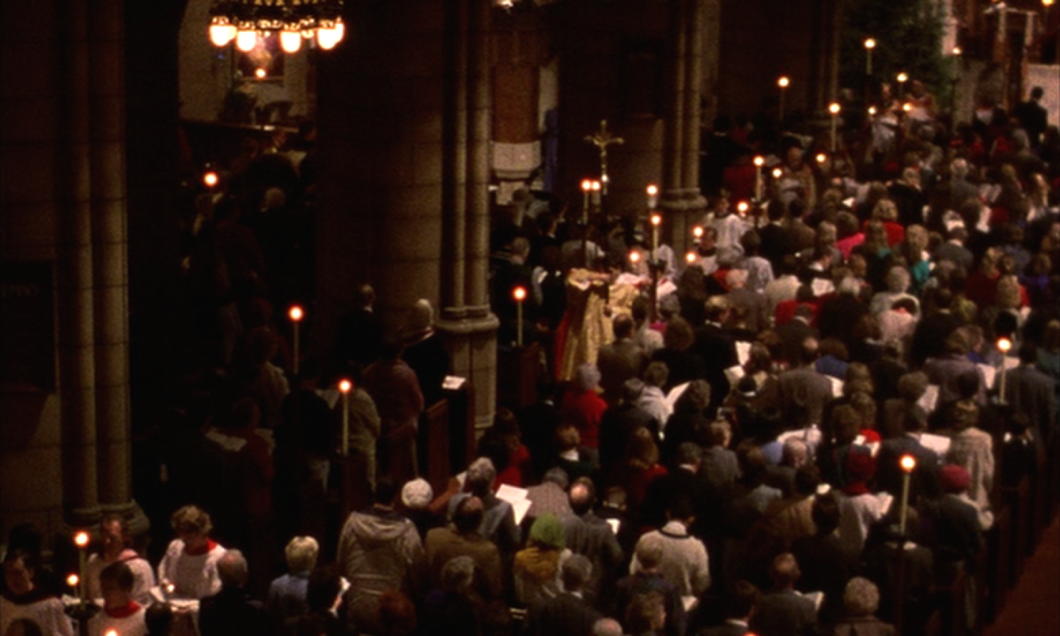
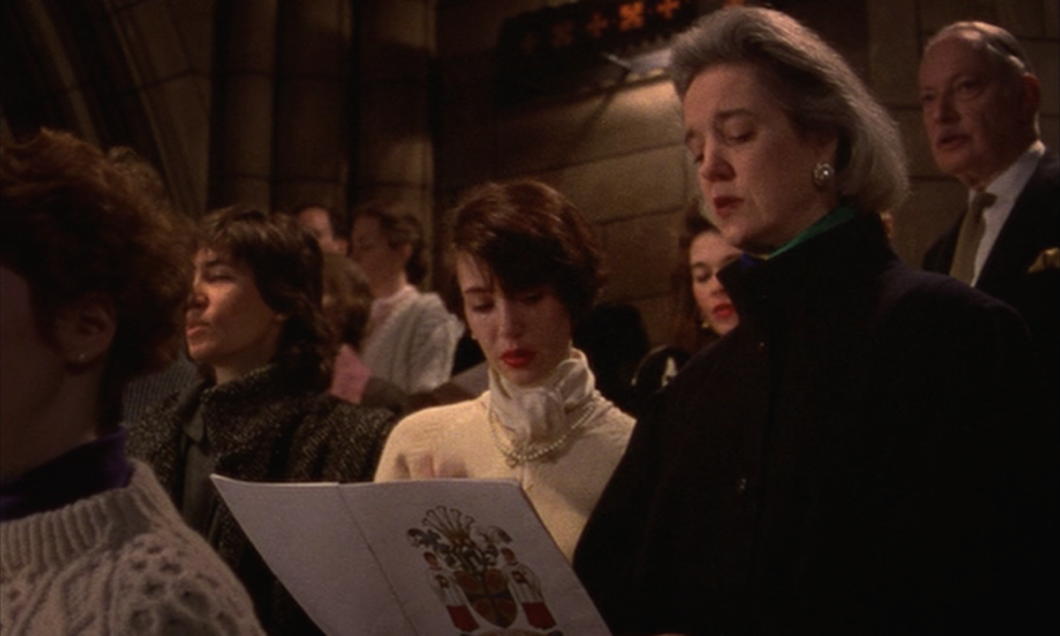
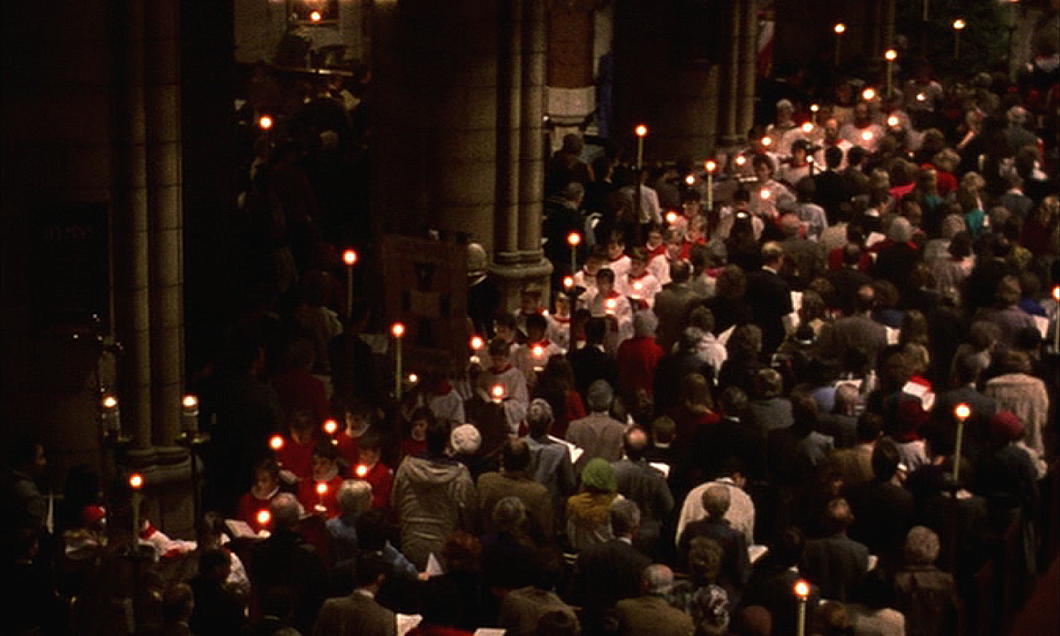
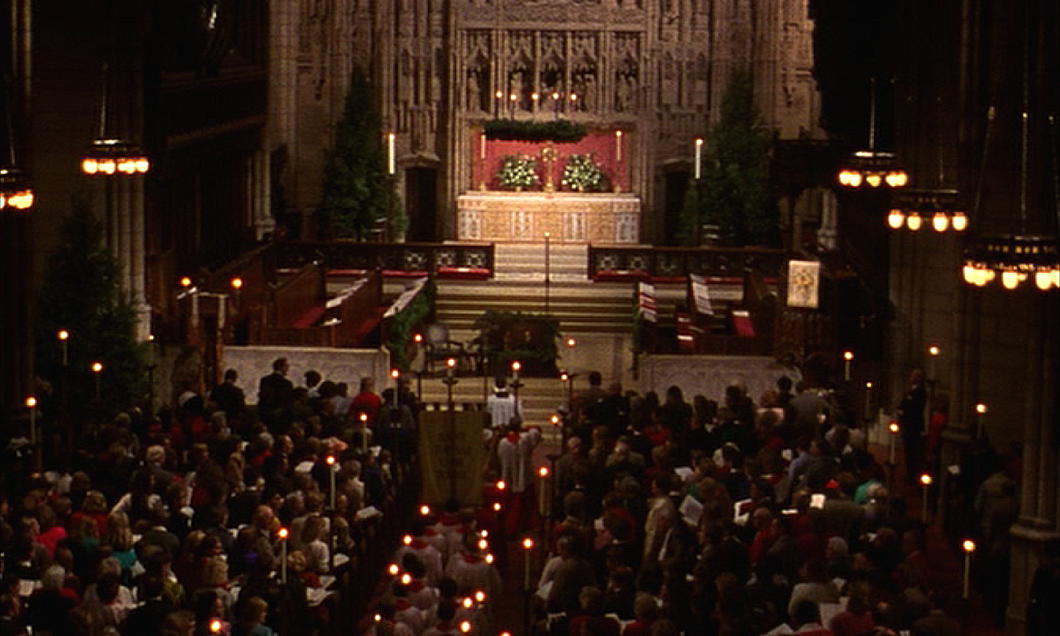
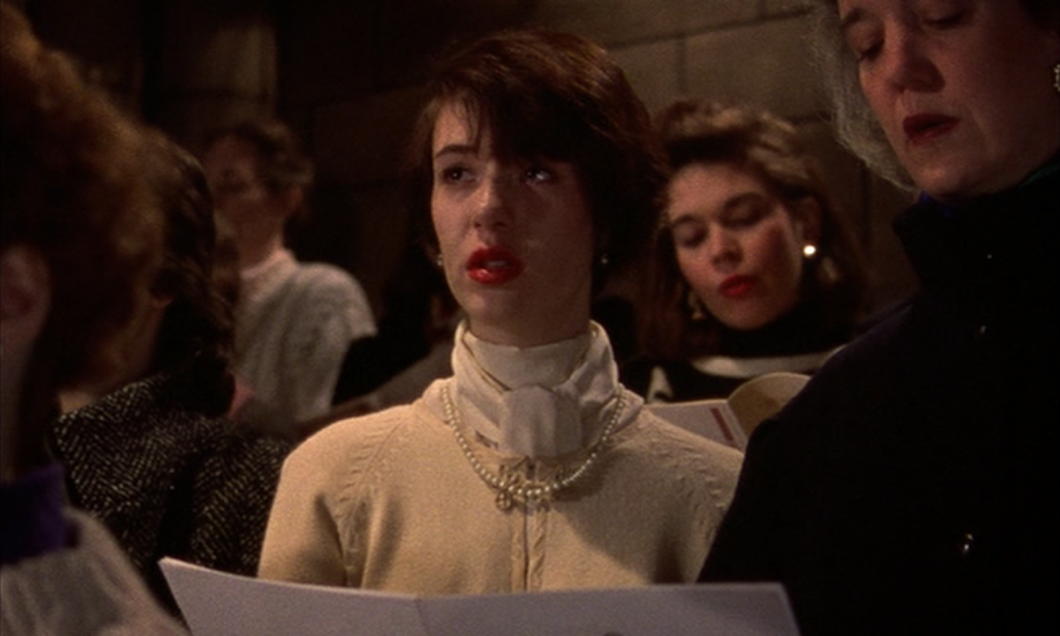
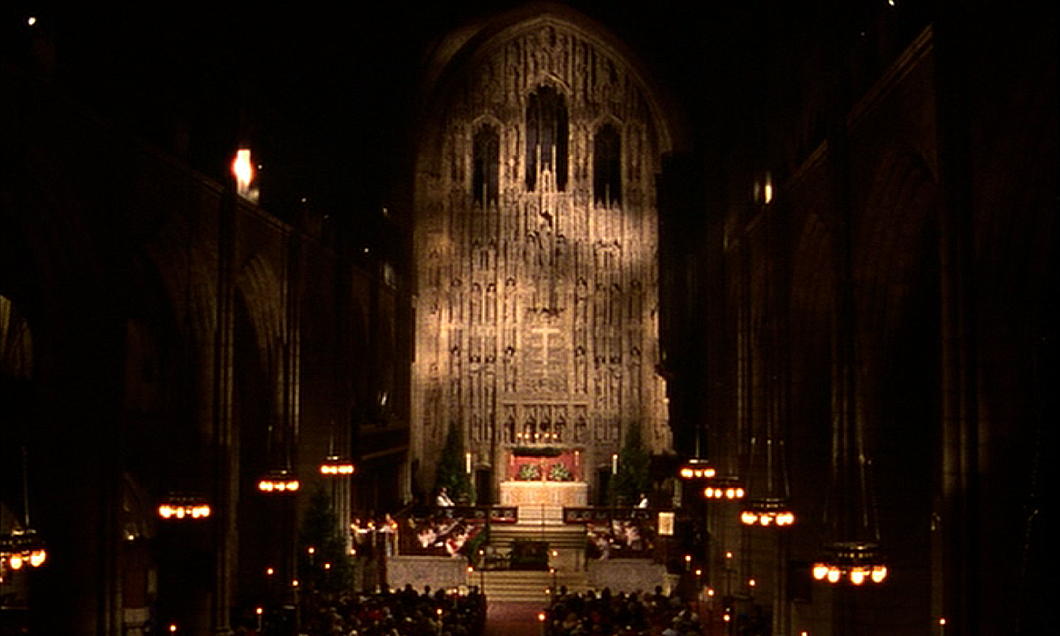
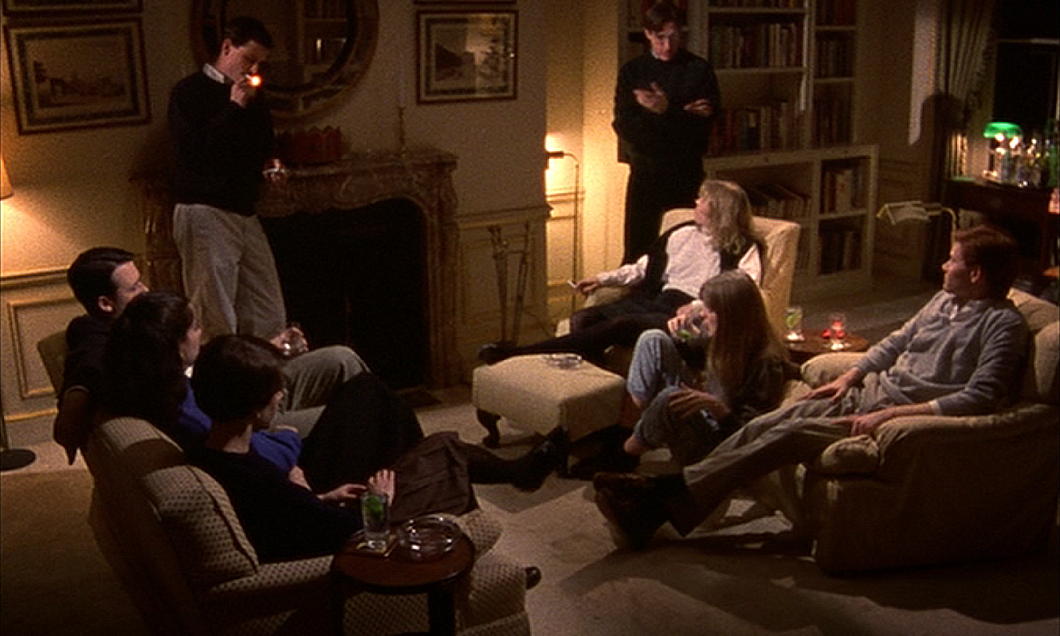
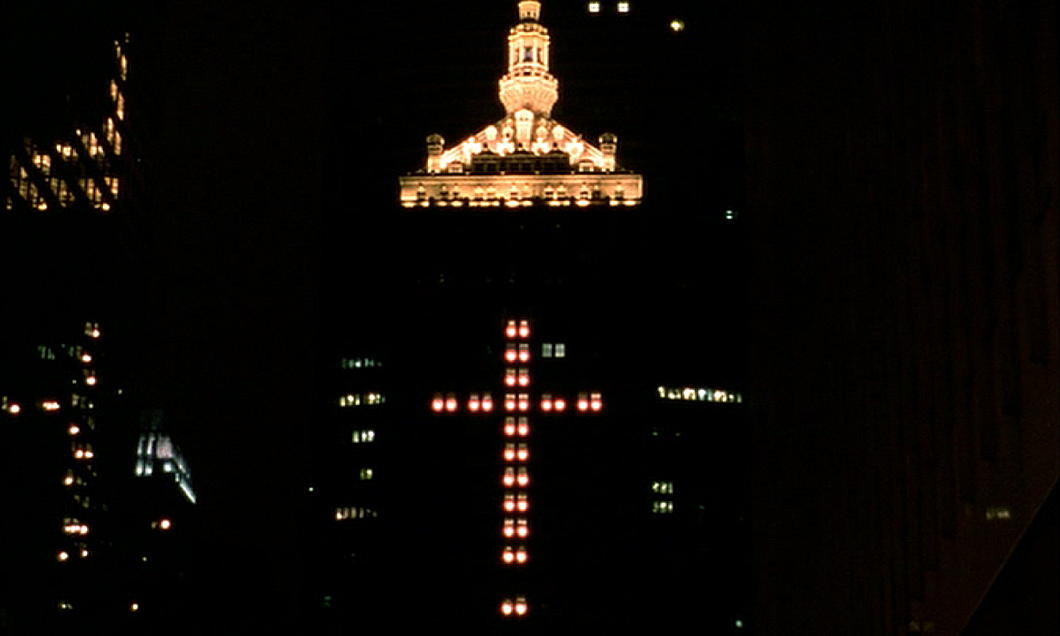
Choral Concert in N.Y.
Manhattanites and denizens of the neighbouring boroughs and counties might be used to going to the Church of St Thomas on Fifth Avenue to hear the best choir in New York, but this evening the house of worship is hosting the Westminster Cathedral Choir, the best choir in London. If you haven’t made plans for the evening, there are still tickets available here.
Tonight’s concert will feature some Victoria, some Elgar, some Guerrero, and more, but most appealing to me is the Christus vincit by James MacMillan — Scotland’s greatest living composer. If you share my tastes, you avoid music by any composer who hasn’t been dead at least half a century, but MacMillan is good enough to be elevated to the realms of the honorary deceased. He’s also commented on this blog in the past!
Unbuilt St. Thomas
Lord & Hewlett’s Competition Entry for the Church of St. Thomas
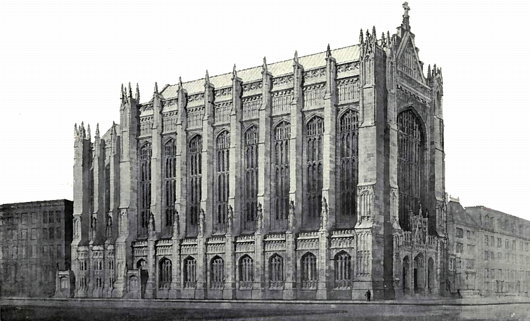
THE CHURCH OF Saint Thomas on the corner of Fifty-third Street and Fifth Avenue in New York is one of the artistic gems of the city: both as an architectural marvel designed by Ralph Adams Cram & Bertram Grosvenor Goodhue and as a musical paradise with its renowned choir of men & boys formerly under the tutelage of Gerre Hancock. (It’s foolish for anyone in the city during Advent to miss the Service of Lessons & Carols). The parish of the Episcopal Diocese of New York was established in 1834, and its first building was erected in the Gothic style on the corner of Broadway and Houston.
In 1870, after that neck of the woods became less fashionable, the congregation moved to its current location at 53rd & Fifth, to a new Gothic edifice by Richard Upjohn. That church hosted the marriage of Consuelo Vanderbilt to the 9th Duke of Marlborough. When it burned down in 1905, a competition was held to select the design of the new Church of St. Thomas, then perhaps at the peak of its high social status among Manhattan’s Protestant congregations. (more…)
Allies Day, May 1917
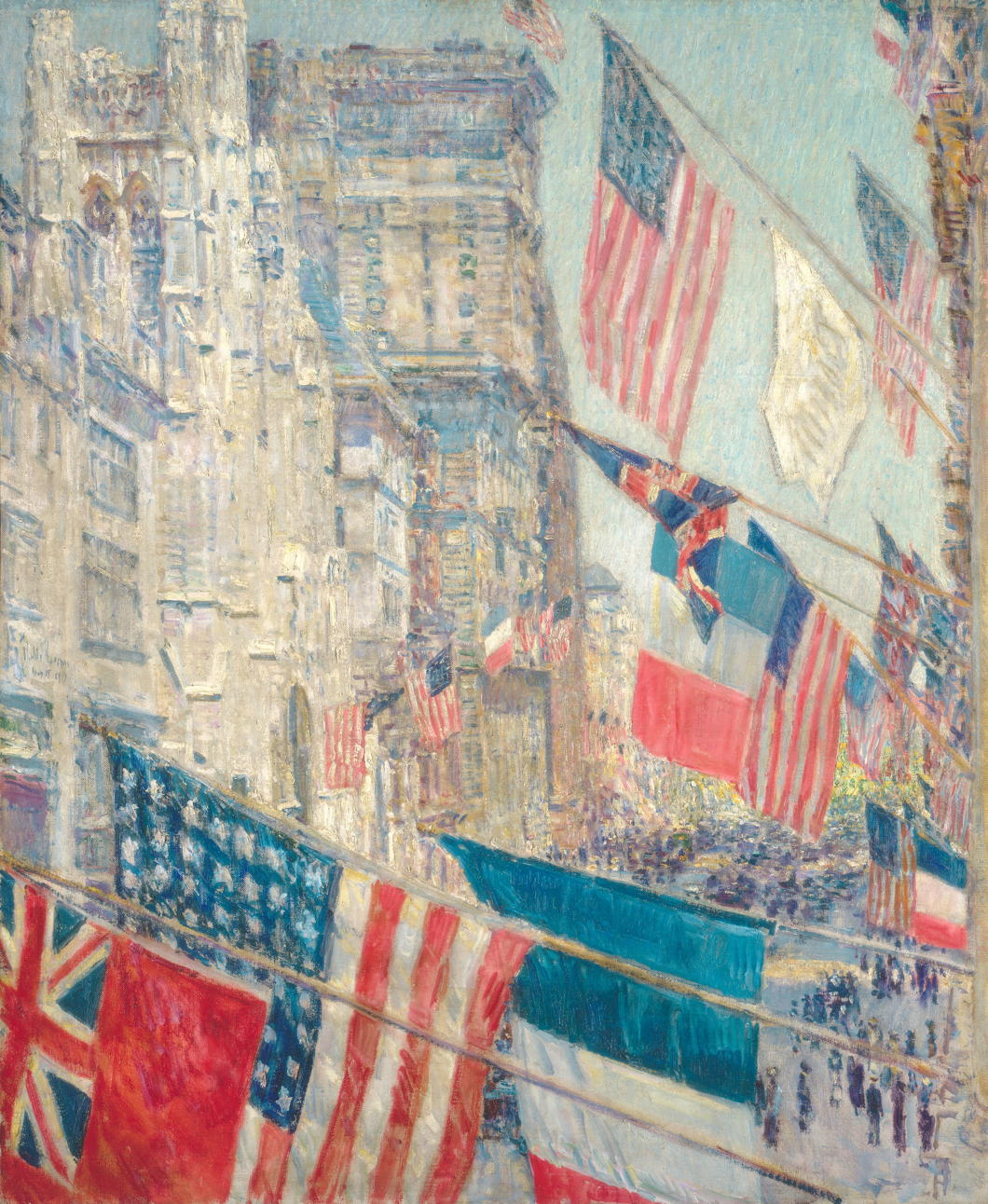
Childe Hassam, Allies Day, May 1917
Oil on canvas, 36½ in. x 30¼ in.
1917, National Gallery of Art (U.S.)
This has long been one of my favourite paintings, ever since I first saw it one day when I was very young while it was on loan to the Metropolitan. On a May day in 1917, Fifth Avenue was temporarily proclaimed “the Avenue of the Allies” and the British and French commissioners paraded down the boulevard with great ceremony. Childe Hassam set his easel on a balcony on the corner of Fifth Avenue and 52nd Street and took in the splendid scene towards the Church of St. Thomas and the University Club. Patriotic displays were much more lively then, involving bursts of flags and banners, than the rather dull and monotonous display of the single Stars-and-Stripes that became widespread after the World Trade Center attacks.
Interestingly, “Avenue of the Allies” aside, the United States was not actually allied to France and Great Britain during the First World War. President Wilson thought the United States was not so lowly as to merely intervene in a biased manner on the side of those it had lent money, but rather for the high-minded goal of establishing justice (or, as we might honestly call it, the destruction of Catholic Europe). The U.S., then, was merely a “co-belligerent” rather than an “ally”, though obviously this high-minded euphemism was lost on most people. During the Second World War, Finland found itself invaded by the Soviet Union and abandoned by the West, so — having no taste for Hitler and his Nazi charades — they became “co-belligerents” with Germany, rather than concluding a more distasteful alliance.
Hassam, who died in 1935, had little time for the avant-garde schools of art that came after the Impressionism he practised, and described modernist painters, critics, and art dealers as a cabal of “art boobys”. He was almost forgotten in the decades after his death, but the rising tide of interest in Impressionism from the 1970s onwards lifted even the boats of American Impressionists, and his Flags series of paintings are widely-known and much-loved today.
Fourth Sunday in Advent
Well today was rather heartening. I went to the midday mass at St. Joseph’s (the local church) and Msgr. Doyle (the pastor) addressed the congregation before mass, donning a cassock, something I’d never seen him do before. He then told us all that our beautiful tabernacle was being moved back to the centre of the sanctuary, where it would be joined by the fronting of the 1927 altar which had be found and restored, and that the priest’s chair would move to the side. All this would be finished before Christmas, too! I had often considered writing a letter suggesting this very thing, but never got around to it.
Monsignor also pointed out that there were four pages of guidelines for church regarding dress, behavior, reception of Communion, and various other important things that have oft been ignored in the past forty years. (See pages 5-8 of this pdf file – very good stuff).
Gosh, St. Joe’s is becoming more like St. Agnes. What a Christmas present! Now we just need them to give us some Latin.
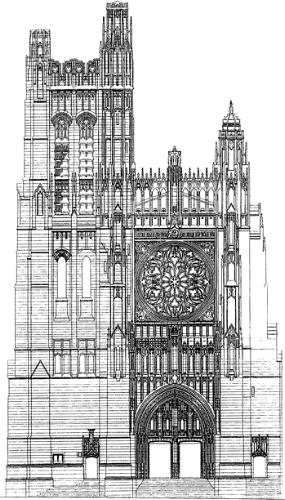
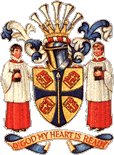 Later, Adam Brenner and I went off to the Festival of Nine Lessons and Carols with the Rev. Andrew C. Mead, OBE at St. Thomas Church (Episcopal) on Fifth Avenue. Caroline Gill dropped out to take a look at a house. Anyways, I’m a big fan of Lessons and Carols, so that was much enjoyed. St. Thomas really do have a superb choir. They also have the reredos to end all reredoses – a massive stone affair that takes up most of the west (liturgical east) end of the Church. Beautiful church, but I still prefer St. Vincent Ferrer (which in addition to being beautiful is a proper church with valid sacraments).
Later, Adam Brenner and I went off to the Festival of Nine Lessons and Carols with the Rev. Andrew C. Mead, OBE at St. Thomas Church (Episcopal) on Fifth Avenue. Caroline Gill dropped out to take a look at a house. Anyways, I’m a big fan of Lessons and Carols, so that was much enjoyed. St. Thomas really do have a superb choir. They also have the reredos to end all reredoses – a massive stone affair that takes up most of the west (liturgical east) end of the Church. Beautiful church, but I still prefer St. Vincent Ferrer (which in addition to being beautiful is a proper church with valid sacraments).
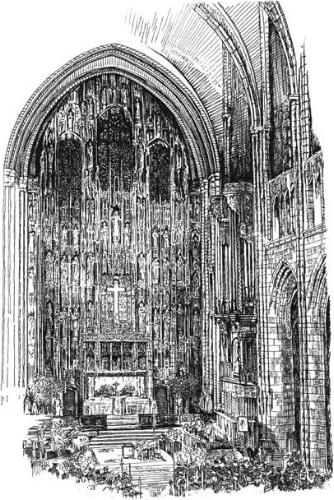
Search
Instagram: @andcusack
Click here for my Instagram photos.Most Recent Posts
- Gellner’s Prague December 19, 2024
- Monsieur Bayrou December 18, 2024
- Dempsey Heiner, Art Critic December 17, 2024
- Vote AR December 16, 2024
- Articles of Note: 12 December 2024 December 12, 2024
Most Recent Comments
Book Wishlist
Monthly Archives
Categories


